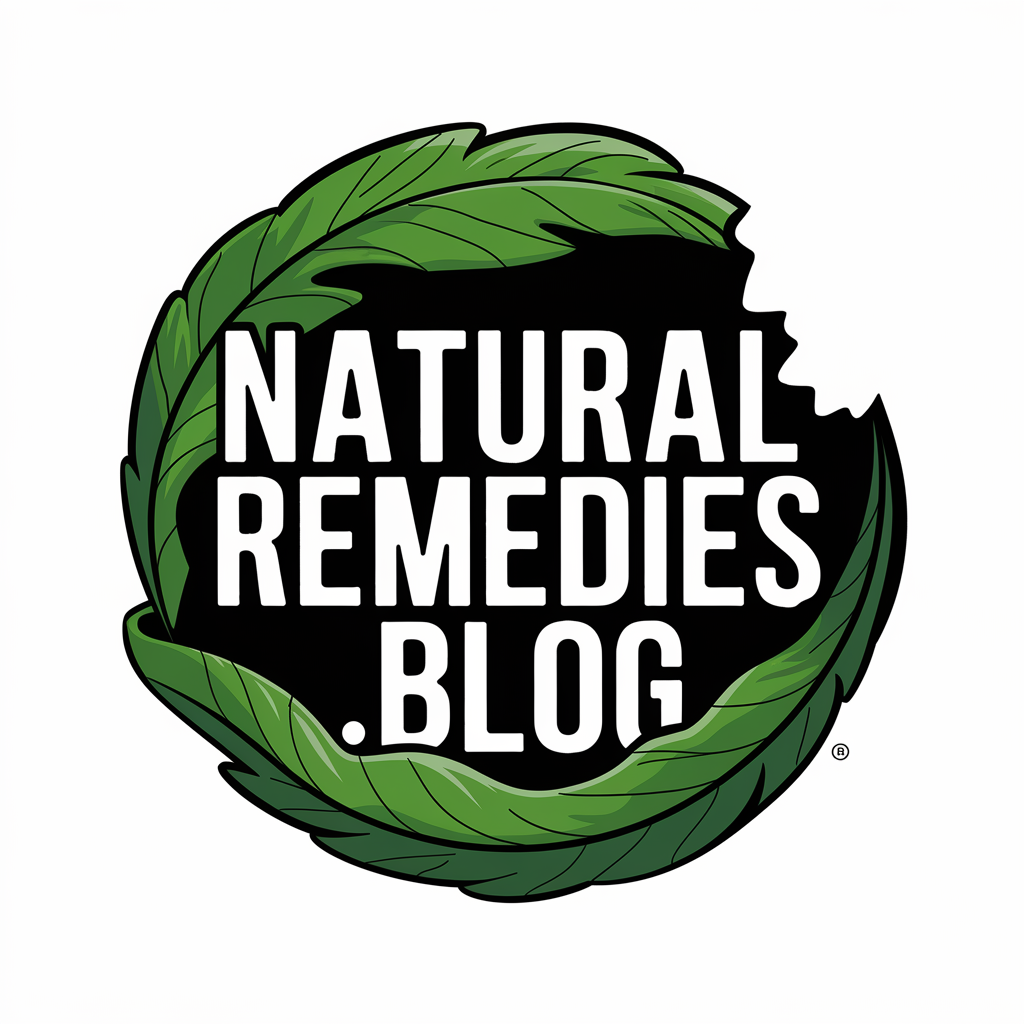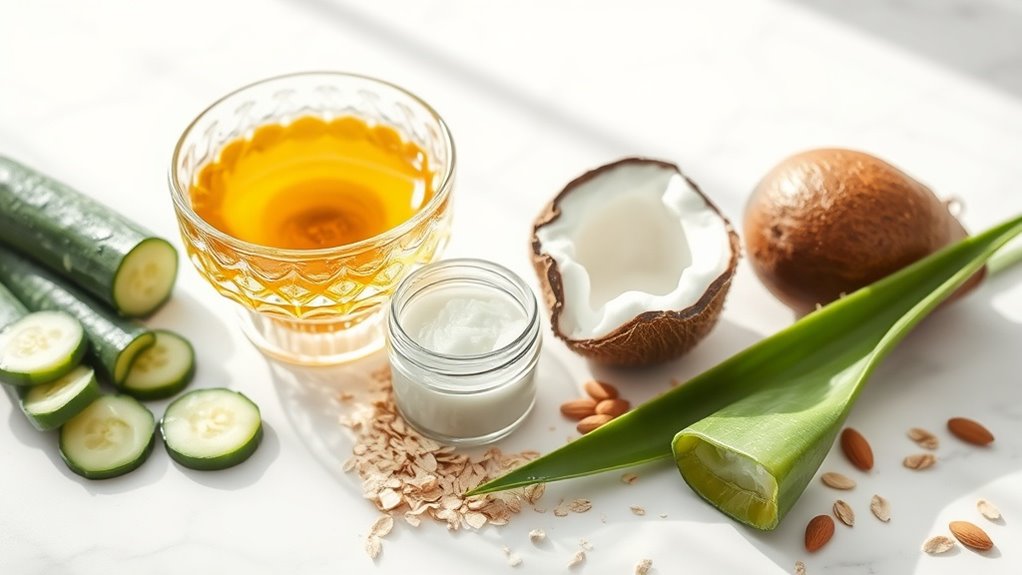Coconut Oil Skin Hack That Helped My Oily T-Zone
Why My Oily T-Zone Was a Daily Struggle
Although many individuals experience excess sebum production in their T-zone, my struggle with persistent shine and enlarged pores across my forehead, nose, and chin significantly impacted my daily skincare routine.
Despite trying numerous oil-control products, my T-zone remained problematic throughout the day, requiring frequent blotting and powder touch-ups.
Traditional coconut oil uses often warn against application on oily areas, yet this counterintuitive approach proved beneficial.
The excess oil production stemmed from dehydration, causing my skin to overcompensate. Understanding this connection was crucial for developing an effective solution. Notably, coconut oil possesses antimicrobial properties that can help balance skin and combat acne, making it a valuable addition to my routine.
The Science Behind Coconut Oil and Sebum Production
While many people assume coconut oil worsens oily skin, research shows its medium-chain fatty acids can help regulate sebum production.
The lauric acid in coconut oil exhibits antimicrobial properties that combat acne-causing bacteria, while also mimicking your skin’s natural oils. This similarity triggers your sebaceous glands to decrease their output.
When you apply coconut oil, its molecules bind with excess sebum and help remove it during cleansing. The oil’s anti-inflammatory properties also calm overactive oil glands in your T-zone.
Studies indicate that consistent use can normalize oil production within 4-6 weeks. Furthermore, incorporating medium-chain triglycerides (MCTs) into your skincare routine may enhance the overall effectiveness of coconut oil in managing oily skin.
My Step-by-Step Application Method
Before applying coconut oil to your T-zone, you’ll need to thoroughly cleanse and dry your face to remove existing oils and debris.
Using your middle and ring fingers, take a small amount of coconut oil and apply it in gentle, circular motions across your forehead, nose, and chin areas.
Keep the pressure light and consistent as you work the oil into your skin, focusing on areas where excess sebum typically accumulates. Regular application can also boost collagen synthesis by improving skin elasticity and reducing the appearance of fine lines.
Prep Your Face First
Getting your skin properly prepared is essential for maximizing coconut oil’s effectiveness on an oily T-zone.
Start by washing your face with a gentle, pH-balanced cleanser that won’t strip your skin’s natural oils. Use lukewarm water, as hot water can trigger excess oil production. Pat your face dry with a clean microfiber towel.
Next, apply an alcohol-free toner to rebalance your skin’s pH and remove any remaining impurities.
Wait 60 seconds for the toner to fully absorb. If you’re applying this treatment in the morning, ensure your face is completely free of overnight products.
Apply in Gentle Circles
Now that your skin is properly prepped, the application technique can make a significant difference in coconut oil’s effectiveness. Using your middle and ring fingers, take a small amount of oil and apply it in gentle, circular motions across your T-zone.
| Area | Motion | Pressure |
|---|---|---|
| Forehead | Outward circles | Light |
| Nose | Upward circles | Medium |
| Chin | Upward circles | Light |
Don’t rush this process. Spend 30 seconds on each area, allowing the oil to penetrate your skin’s surface. You’ll feel a slight warming sensation as circulation increases, signaling proper absorption and preparing your skin for maximum benefits.
Unexpected Benefits I Discovered
While I initially used coconut oil to manage my oily T-zone, several unexpected skin benefits emerged during the first month of application.
You’ll notice reduced appearance of fine lines around your eyes and mouth, as the oil’s medium-chain fatty acids help retain moisture and promote collagen production. Your skin’s natural barrier function will strengthen, leading to fewer breakouts and enhanced protection against environmental stressors.
Additionally, you’ll experience improved skin texture due to coconut oil’s antimicrobial properties, which help balance your skin’s microbiome. The oil’s natural anti-inflammatory compounds may also calm existing redness and irritation. Notably, antibacterial and anti-inflammatory properties combat acne and skin irritation, further enhancing your overall skin health.
Tips for Choosing the Right Coconut Oil
Selecting the optimal coconut oil for your skincare routine requires understanding key quality indicators and processing methods.
Look for unrefined, virgin coconut oil with a strong coconut aroma, indicating minimal processing and maximum nutrient retention. Check the label for “cold-pressed” or “expeller-pressed” extraction methods, which preserve beneficial compounds.
You’ll want to avoid refined coconut oils that have been bleached or deodorized, as these processes strip away natural antioxidants. Choose organic varieties to minimize exposure to pesticides.
The oil should be clear when liquid and pure white when solid, without any yellow tinting or unusual odors. Additionally, medium-chain fatty acids present in virgin coconut oil are crucial for deeply penetrating and moisturizing the skin.
Recommended Morning and Night Routine
To effectively manage an oily T-zone with coconut oil, follow a consistent twice-daily routine that balances the skin’s natural oil production.
| Time | Step | Duration |
|---|---|---|
| AM | Cleanse with lukewarm water | 30 seconds |
| AM | Apply thin coconut oil layer | 15 seconds |
| PM | Double cleanse | 60 seconds |
| PM | Apply coconut oil mask | 15 minutes |
Apply coconut oil sparingly in the morning to create a protective barrier without clogging pores. At night, focus on deep cleansing and nourishment. You’ll notice optimal results after two weeks of consistent application. Remember to patch test before starting this routine to ensure your skin doesn’t react negatively to coconut oil.







